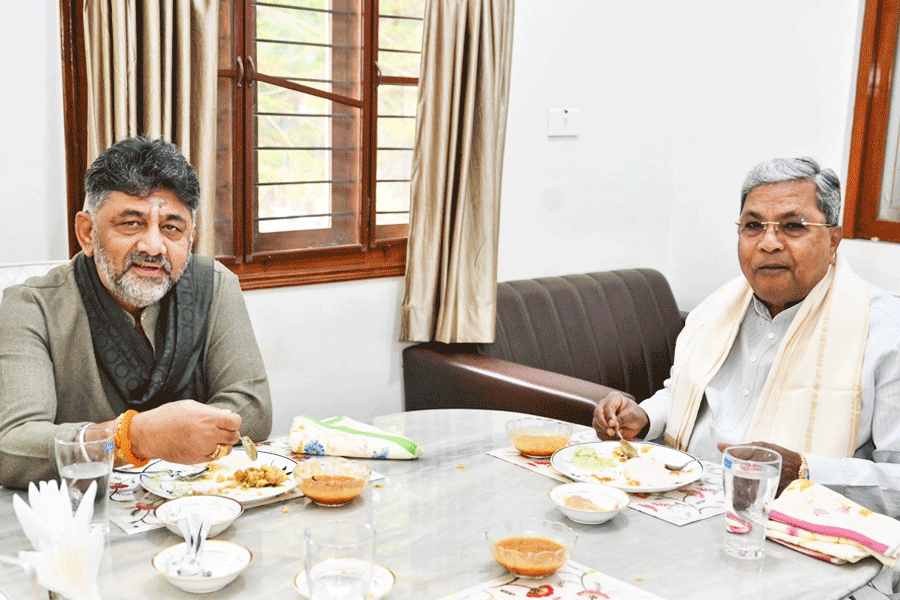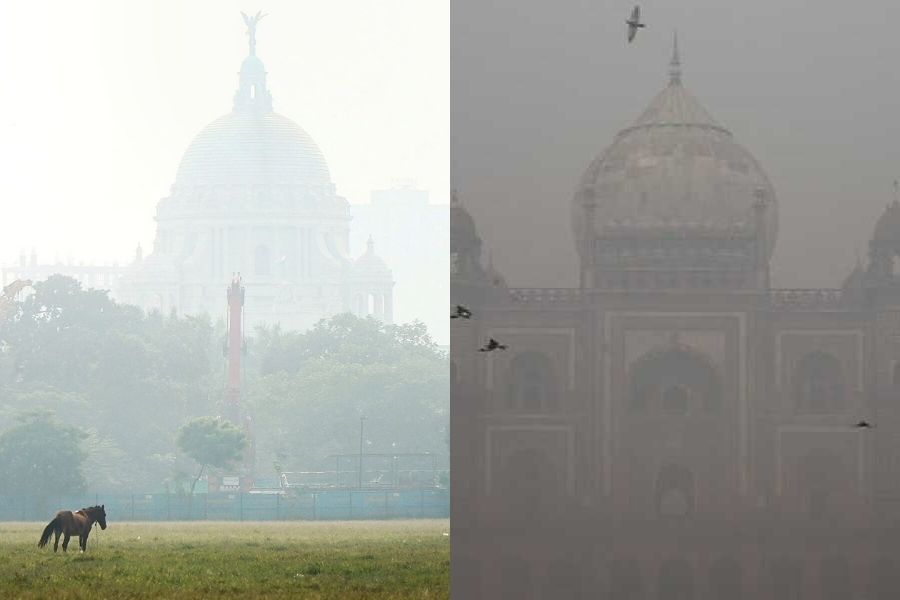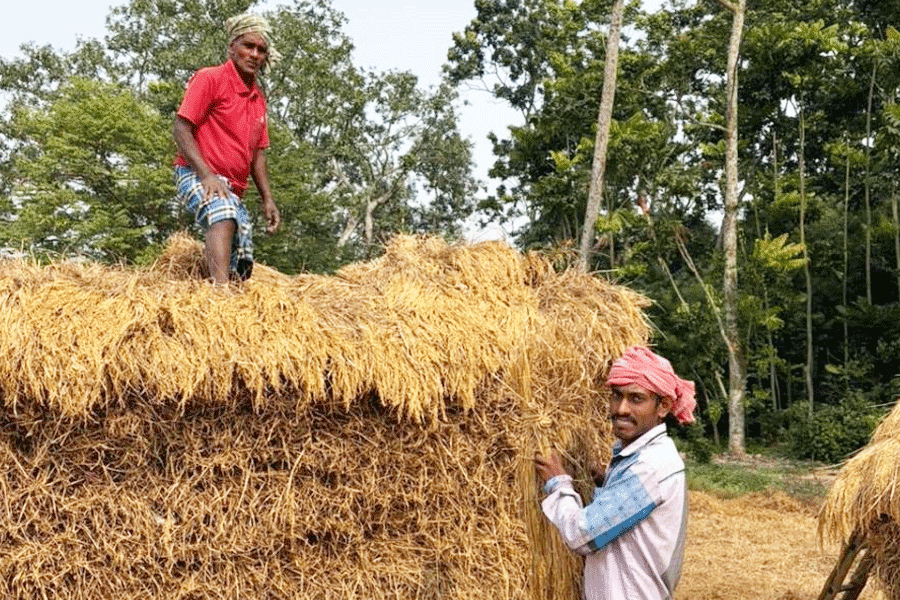Book: HEART LAMP
Author: Banu Mushtaq
Published by: Penguin
Price: Rs 399
Heart Lamp, written by Banu Mushtaq and translated from Kannada into English by Deepa Bhasthi, is a collection of short stories. It has now won the International Booker Prize — the first-ever short story collection to do so. It includes 12 short stories, all of which give their readers a window into the lives and the struggles of women, particularly Muslim women, living in the southern part of the country. These bustling, busy and demanding lives of women who have limited freedom and often spend their entire lives circumscribed by the four walls of the house, serving their husbands and taking care of their families to the exclusion and expunction of everything else — including their identity — are at the core of these stories. They take their readers into a world where men claim ownership, a world where women are forced to play by the rules that have been created for them, where their status is always subservient. The men might be husbands, sons or brothers, but the women in these stories are almost always treated as commodities in their own homes, as things that can be discarded once they stop being useful or of interest. Heart Lamp makes readers witness the pain and the suffering in these women’s lives from the perspective of the women themselves.
That women have no agency over their lives and that their future depends on the whims and the fancies of their (mostly) husbands emerge as the central theme of many stories in this collection. A man can be rude, uncouth, rough, even downright violent, towards his wife but his wife “is the husband’s most obedient servant, his bonded labourer”. Another idea shared by most men, including the ones who are apparently doting, fawning husbands like the one in the story, “Stone Slabs for Shaista Mahal”, a man who professes to love his wife so much that he cannot live without her, is that women are expendable. The fact that a few pages later in the same story the absence of the woman in question doesn’t haunt the husband for long is underscored with an intensity that jolts the reader.
In Heart Lamp, women also bear the brunt of the peculiar obsessions of men who want their desires fulfilled without giving much thought to the women, as it happens in “High-Heeled Shoe”, “The Arabic Teacher and Gobi Manchuri”. The lack of power when it comes to taking decisions regarding their own future is also visible in a story like “A Decision of the Heart” where a son takes an important, life-altering decision about his mother without even informing her. Heart Lamp’s women have a distinct lack of control over all aspects of life once they get married, including over their bodies and the number of children they have.
But Heart Lamp’s women are not always victims. There is a sense of a silent camaraderie, a connection, a sisterhood amongst these women who provide help, raise their voices and, sometimes, avenge injustices in ways big and small: “Stone Slabs for Shaista Mahal” and “Black Cobras” are cases in point. While women might also be rivals and occasionally, through their actions or lack of them, let other women suffer, men are always in a position of power in the skewed dynamics. Heart Lamp unveils not only the lives and the concerns of women who are often dismissed as housewives but also their inner lives, the contours of which come across in vivid, clear strokes on these pages.
There is, however, a sense of unevenness in the collection. One becomes conscious of a sense of repetition in certain stories. Consequently, there are times when these stories seem to lose their edge because of the similarities in their tone, themes and treatment. But stories like “The Arabic Teacher and Gobi Manchuri”, “A Taste of Heaven”, and “The Shroud” break this pattern of monotony, take newer directions, and provide a breath of fresh air.
In her translator’s note titled “Against Italics”, Bhasthi provides readers with an insight into the Bandaya Sahitya movement, the literary movement of rebellion against status quo in literature, and how Banu’s writing is related to it. She also writes about her translation challenges and choices, giving her readers a peek into her creative process. This would interest anyone fascinated by the dynamics of translation.










